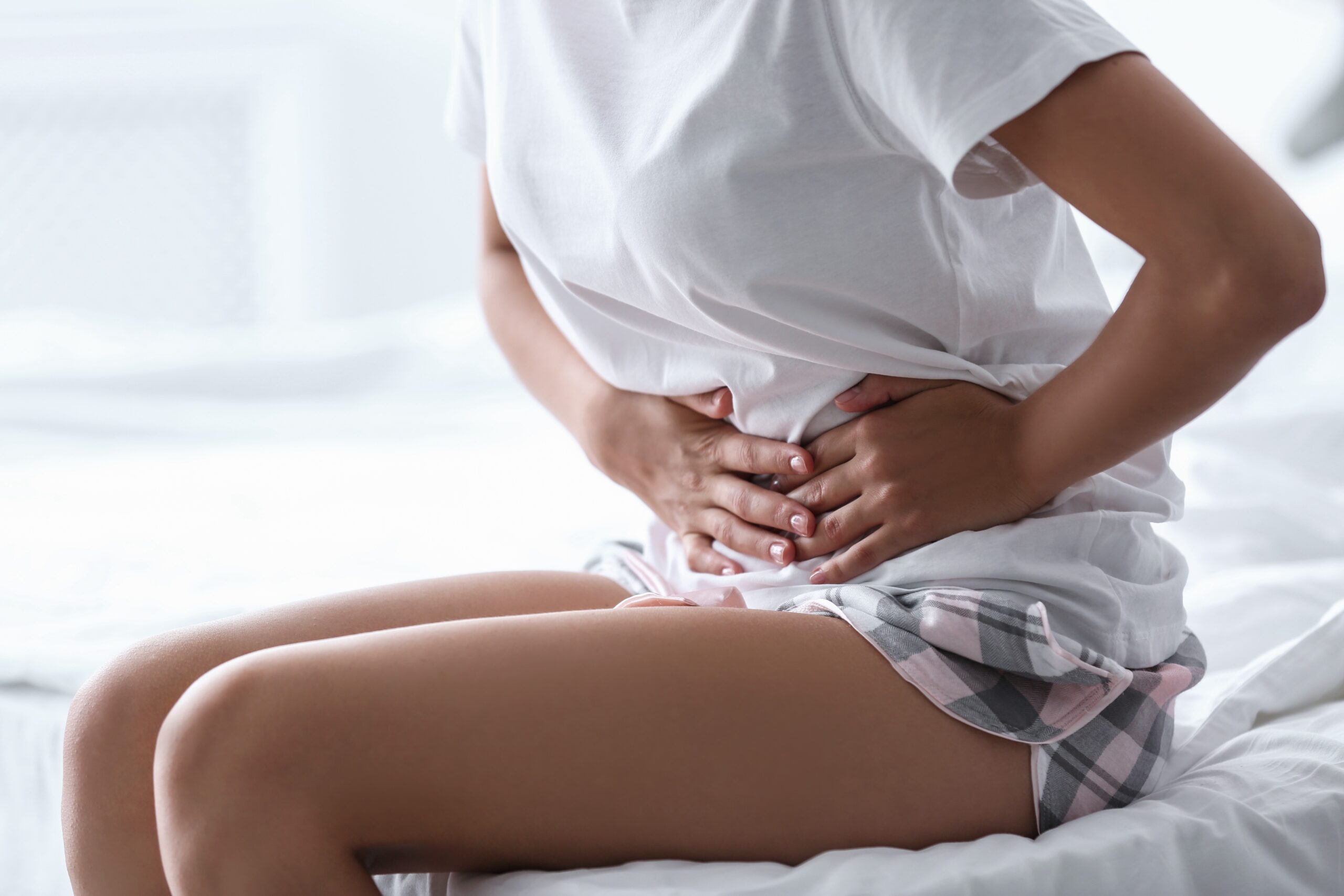

As Melanie* approached 50, she began to experience extremely heavy bleeding during her menstrual periods as well as light bleeding between her periods. She also suffered from intense cramps, pressure in her pelvic area and frequent urination, often with leakage when she laughed or sneezed.
Upon examination, Melanie’s gynecologist discovered that several large fibroids were growing in her uterus and determined they were the cause of her symptoms.
“The treatment options I was given by my gynecologist were myomectomy or hysterectomy,” shares Melanie, 49.
Myomectomy is a major procedure that removes the fibroids but leaves the uterus intact. Hysterectomy is a life-altering surgery that removes the uterus along with the fibroids.
“Both procedures are serious invasive surgeries that require general anesthesia and a long recovery period,” Melanie continues. “I wasn’t interested in either of those treatments, so I started looking around for another option. After doing some research, I discovered Vascular & Interventional Physicians in Viera. They offer a less invasive solution for eliminating fibroids and they have female providers.”
Like many women, Melanie feels more comfortable discussing gynecologic conditions with female practitioners. At Vascular & Interventional Physicians, Melanie met with Sarah Nicosia, ARNP-BC, a board-certified advanced registered nurse practitioner.
Sarah is part of a team of providers at the practice that includes Jennifer M. Laporte, MD, a board-certified interventional radiologist who performs all women’s health procedures there, and Derek Mittleider, MD.
Sarah, Dr. Laporte and Dr. Mittleider understand the anxiety female patients may experience when faced with highly personal women’s health issues. As a result, they are empathetic and can adequately address these physical and emotional concerns.
Sarah began Melanie’s initial evaluation by thoroughly explaining uterine fibroids and describing the nonsurgical treatment available at Vascular & Interventional Physicians.
“Uterine fibroids, or leiomyomas, are benign tumors that grow in the muscular wall of the uterus,” Sarah discloses. “Affecting up to 70 percent of women, uterine fibroids can form anytime but usually develop by age 50, typically around menopause. The cause of fibroids is not well understood, but risk factors include a family history of fibroids, obesity and an early onset of puberty.”
In many cases, uterine fibroids are diagnosed based on the symptoms a woman reports. If a woman states that she has symptoms, the provider may use ultrasound to take images of the uterus, which exposes the fibroids.
“Common symptoms include heavy menstrual periods that generally last more than a week, breakthrough bleeding, pelvic pain or pressure from enlarged fibroids, and frequent urination or stress incontinence,” Sarah describes. “Sometimes, they cause constipation and back pain due to the pressure of the fibroids.”
Not all uterine fibroids are symptomatic, Sarah asserts. When they are symptomatic and disrupt a woman’s daily life, Vascular & Interventional Physicians treats them through a minimally invasive interventional radiological procedure called uterine fibroid embolization, which shrinks and kills fibroids. The result is the elimination of the uncomfortable symptoms.
“During embolization, we access the fibroids’ blood supply through an artery in the patient’s wrist or groin,” Sarah explains. “Using catheters and wires under imaging guidance, we work our way through the bloodstream to the tiny blood vessels feeding the fibroids.
“Once we reach those blood vessels, we release small embolic particles, which are little beads of gelatin-like material. Those particles accumulate in the blood vessels and block blood flow to the fibroids. Without oxygen from blood, the cells of the fibroids begin to starve and die, and the tumors eventually shrink.”
Pelvic Congestion Syndrome
Another issue commonly addressed by the women’s health care team at Vascular & Interventional Physicians is pelvic congestion syndrome, which causes chronic pelvic pain. It is most common in women who have had multiple pregnancies, particularly back-to-back pregnancies.
“Pelvic congestion syndrome is also called pelvic venous engorgement,” Sarah reveals. “Women with this condition develop enlargement of the blood vessels that feed the uterus. The best way to describe it is it is the result of varicose veins in the pelvis, thighs and buttocks region and vaginal area that become enlarged due to pregnancy. At the same time, those blood vessels cannot drain out of the area efficiently, causing symptoms.”
Women who have pelvic congestion syndrome typically become bloated around the time of their menstrual periods. Often, their bellies become extremely distended. In addition, their periods are typically very painful. They experience significant cramping and pressure in the abdominal area, as well as back pain.
“The pain is generally relieved by lying down and is worse when standing up,” Sarah reports. “The discomfort is usually better in the morning. By the end of the day, however, the pain becomes significant and the woman must lie down to relieve discomfort.”
Pelvic congestion syndrome is also treated using embolization, but in this case, the target is the large blood vessels in the pelvis.
“We access the enlarged blood vessels the same way as we access uterine fibroids, through an artery in the groin or wrist using catheters and wires,” Sarah details. “We work our way to the blood vessels feeding the uterus and embolize them. This reduces the pressure on the uterus and eliminates the pain.
“In this case, we do not cut off the blood supply leading to the uterus, we simply embolize, or shrink, those enlarged vessels that get more inflamed when women get their period. Typically, women feel a little pressure and discomfort for about a week following the procedure, but that can usually be relieved with an over-the-counter pain reliever and rest.”
Grateful Patient
Women undergoing a uterine fibroid embolization typically experience similar pressure and discomfort for about two weeks following the procedure. It is during that time that the uterine fibroids die and shrink. After a month, though, all symptoms typically disappear in 85 to 90 percent of patients, Sarah reports.
“While the fibroids are dying, we simply ask the patient to take it easy,” the nurse practitioner states. “Keep in mind, though, that recovery from a typical hysterectomy takes at least six weeks, and then the woman must be on light duty when she goes back to work.”
Melanie greatly appreciates the less invasive uterine fibroid embolization.
“It was a simple outpatient procedure performed under twilight sedation,” she says. “It shrunk the fibroids in my uterus that were causing my discomfort, and I didn’t need major surgery. I’m grateful to Sarah, Dr. Laporte and Vascular & Interventional Physicians.”




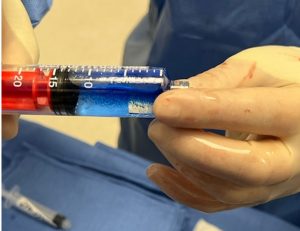
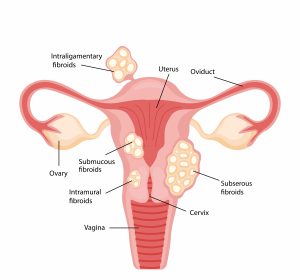
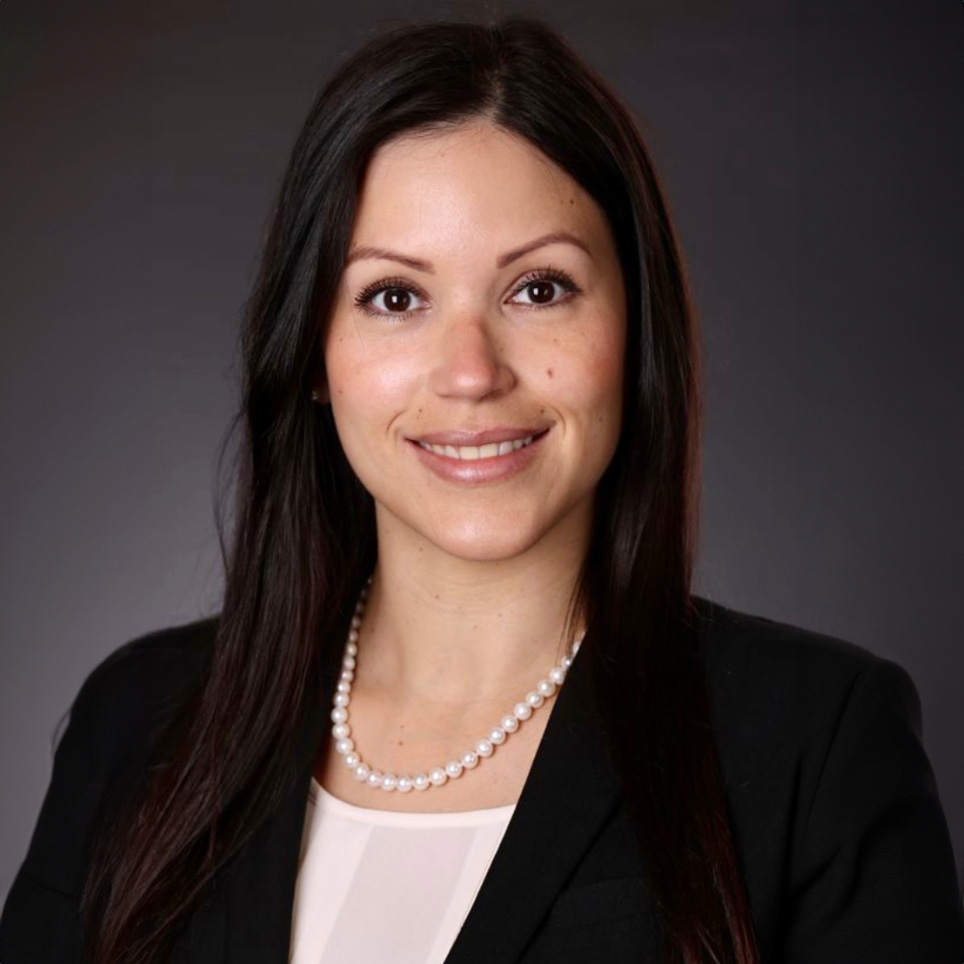


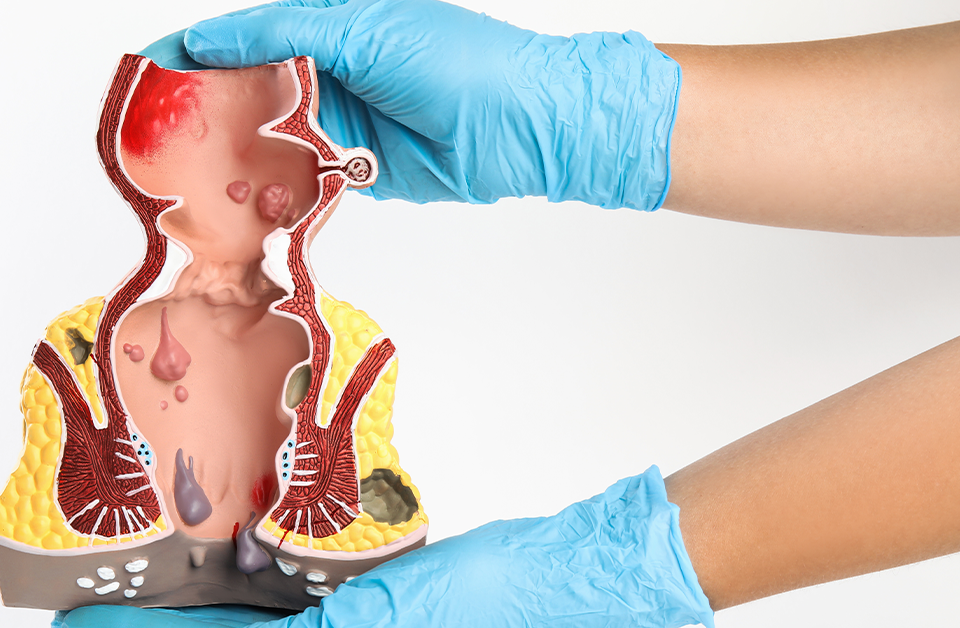
Leave a Reply